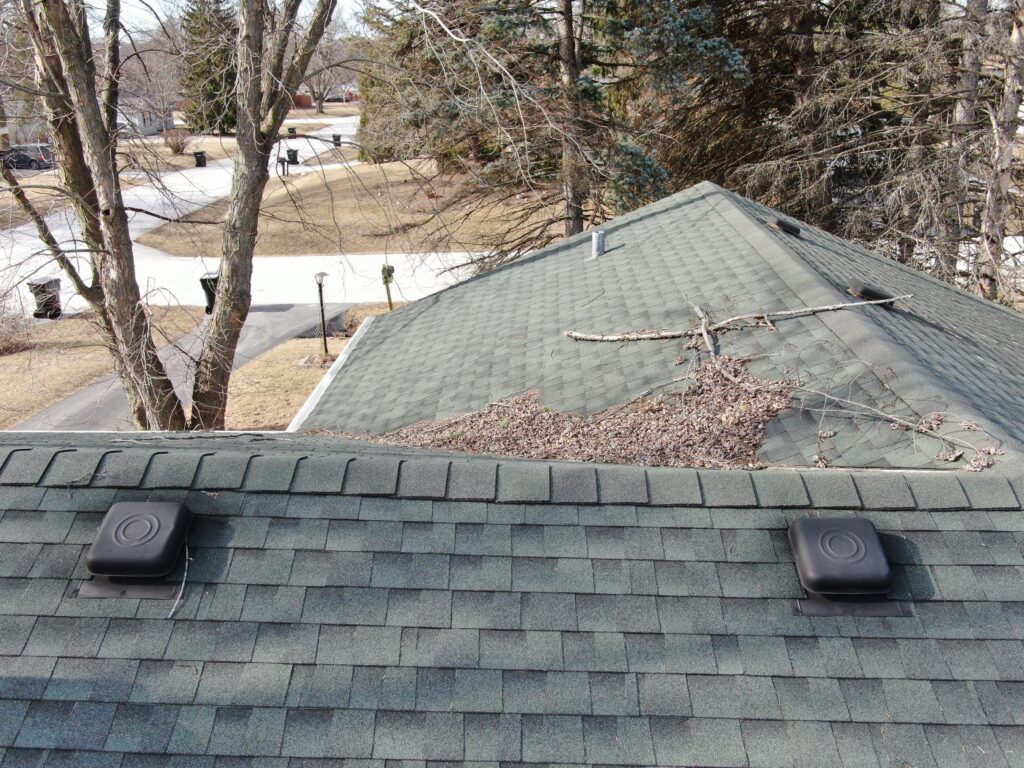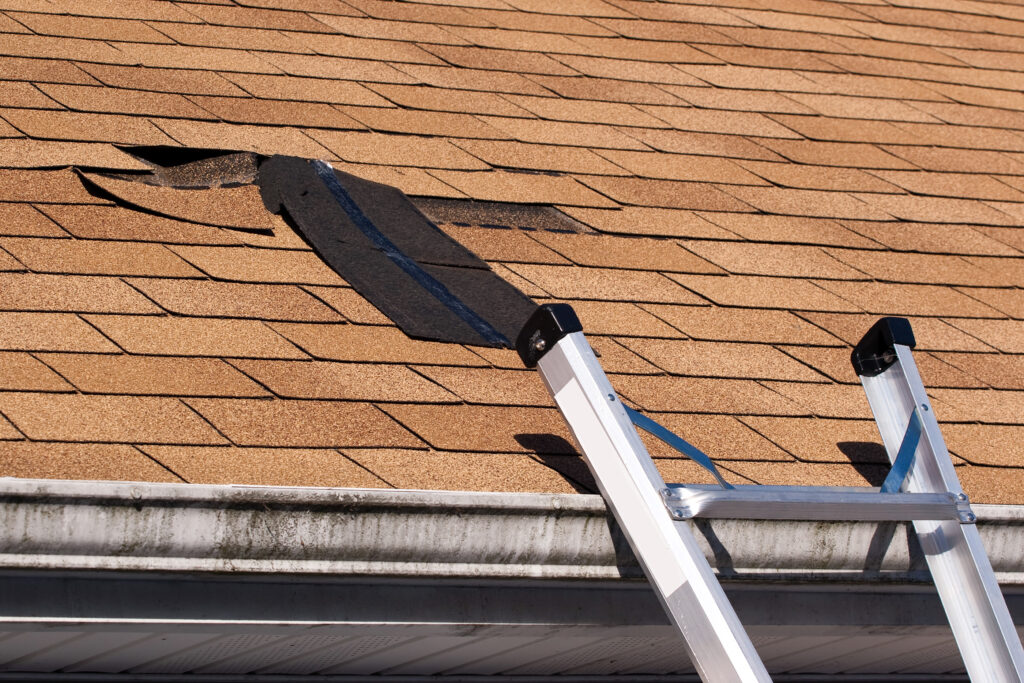How Often Does Your Roof Need Maintenance? (Comprehensive Guide)
Your roof is one of the most critical components of your home, protecting you from the elements and ensuring structural integrity. However, like any part of your house, it requires regular maintenance to stay in optimal condition.
Neglecting roof maintenance can lead to costly repairs and even premature replacement. But how often should you perform roof maintenance?
For over a decade, Rescue My Roof has been a leader in the roofing industry, helping homeowners keep their homes and families safe for a lifetime.
In this article, we’ll give you a comprehensive guide to help you understand the frequency and importance of maintaining your roof. At the end, you’ll be a roofing maintenance pro.
Factors Influencing Roof Maintenance Frequency
The frequency of roof maintenance depends on several factors, including:
1. Roof Type and Material
Different roofing materials have varying maintenance needs. For instance:

- Asphalt Shingles – Generally, these require an inspection and maintenance at least once a year.
- Metal Roofs – These are more durable and may only need maintenance every two years.
- Flat Roofs – Due to drainage issues, these should be checked semi-annually.
- Tile Roofs – These are durable but should still be inspected annually for broken or displaced tiles.
2. Climate and Weather Conditions
Areas with harsh weather conditions, such as heavy rainfall, snow, or extreme heat, require more frequent roof inspections. Storms and high winds can cause damage that needs immediate attention.
3. Age of the Roof
Older roofs require more frequent inspections and maintenance. As roofs age, their materials can deteriorate, making them more susceptible to damage.
If your roof is older than 10 years, it’s time to take a look at it biannually in the spring and fall to ensure it’s up to par.
4. Surrounding Environment

If your home is surrounded by trees, you may need more frequent maintenance due to falling leaves, branches, and the potential for moss and algae growth.
Trees provide shade, which creates the perfect environment for moss and algae to grow. Either trim your trees back, or check in on the roof to make sure you’re not seeing any black algae stains.
If you do see staining, you’ll need to clean your roof, or endure it until it’s time for a roof replacement.
Recommended Maintenance Schedule
Based on these factors, here’s a general maintenance schedule to follow:
Annual Maintenance
- Inspection – Conduct a thorough inspection of your roof at least once a year. Look for missing or damaged shingles, signs of wear and tear, and any potential leaks.
- Gutter Cleaning – Clean your gutters to ensure proper water drainage. Clogged gutters can lead to water damage and roof leaks.
- Sealant and Flashing Check – Inspect and repair any cracked or deteriorated sealant around vents, chimneys, and skylights. Check the flashing for any signs of damage.
Bi-Annual Maintenance
For flat roofs or homes in areas with extreme weather conditions:
- Spring and Fall Inspections – Conduct inspections in spring and fall to prepare for winter and address any damage from the previous season.
- Debris Removal – Remove any debris, leaves, and branches from the roof surface to prevent water pooling and moss growth.
Post-Storm Inspections
After severe weather events:

- Storm Damage Check – Inspect the roof for any damage caused by high winds, hail, or heavy rain. Look for loose or missing shingles, dents, and punctures.
Additional Maintenance Tips
- Trim Overhanging Branches – Regularly trim trees near your roof to prevent branches from falling and causing damage.
- Inspect Attic and Interior Ceilings – Look for signs of water damage, such as stains or mold, which can indicate a roof leak.
- Professional Inspections – Consider having a professional roofer inspect your roof every few years, even if you conduct regular maintenance. They can identify issues that may not be visible to the untrained eye.
Maintaining Your Roof
Regular roof maintenance is essential to extend the lifespan of your roof and prevent costly repairs. By following a consistent maintenance schedule based on your roof type, climate, and surrounding environment, you can ensure your roof remains in excellent condition.
Remember, a well-maintained roof not only protects your home but also enhances its value and curb appeal. Don’t wait for problems to arise—start a proactive roof maintenance routine today and enjoy peace of mind knowing your home is well-protected.
Learn more about roof maintenance with “Why Is Roof Maintenance Important (8 Reasons)” and “7 Roofing Facts Homeowners Must Know.”
Additionally, you can download our Buyer’s Guide to learn everything about your roof – from materials to installation to maintenance.
Do you need a roof replacement or inspection in southeastern Wisconsin? Rescue My Roof is ready to help. Contact us today to get a free roof estimate.


